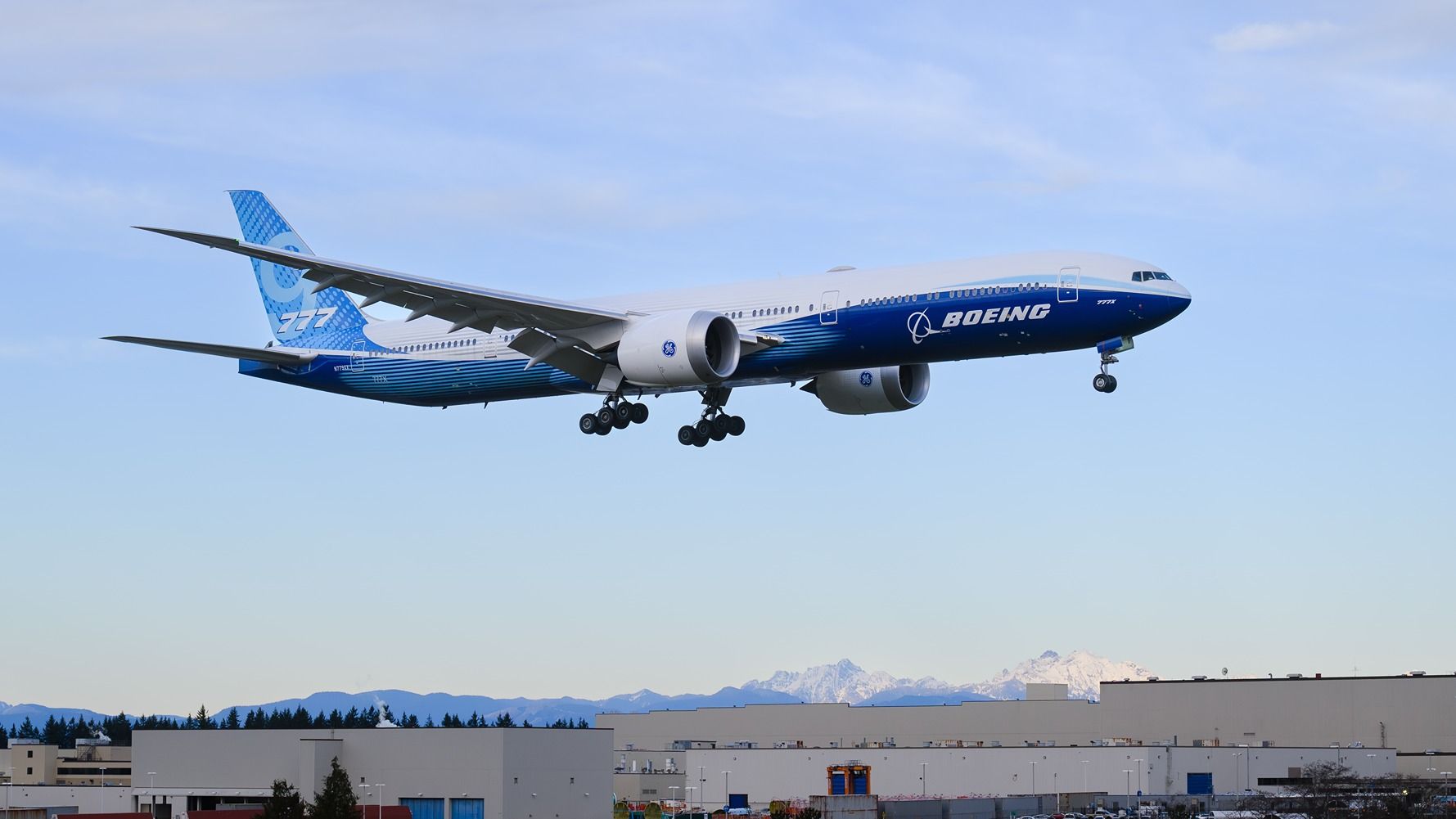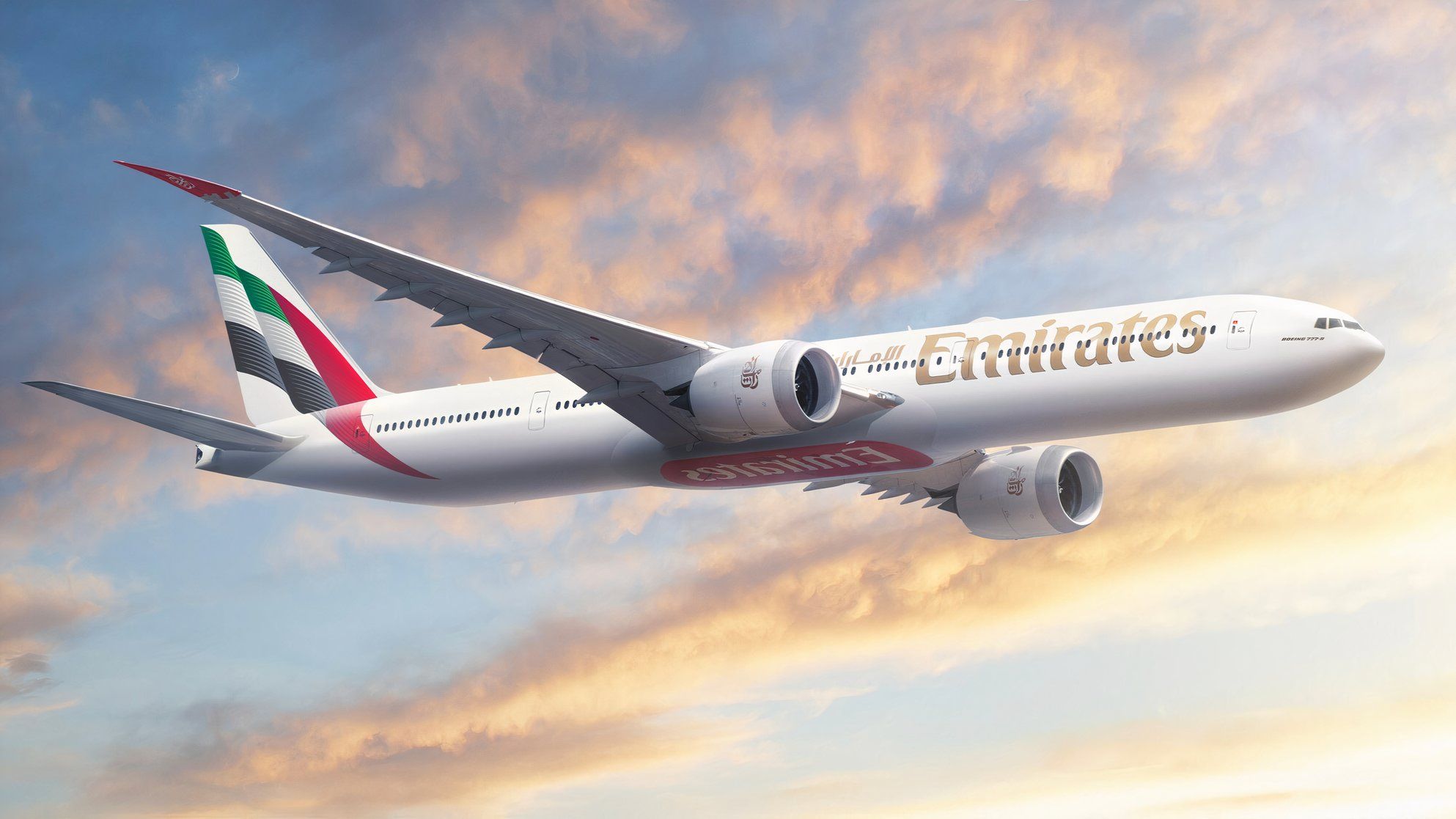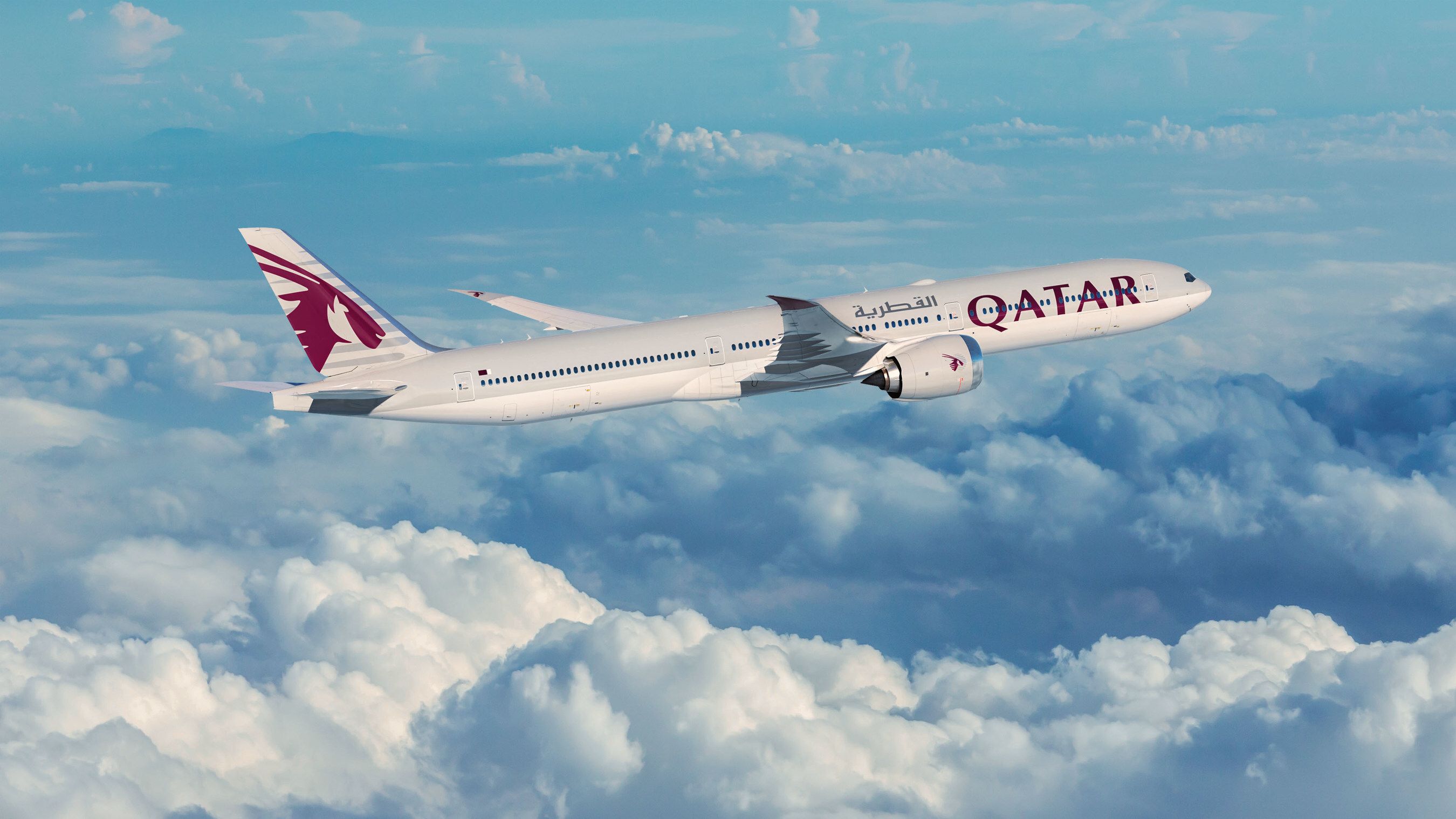![]() Boeing
Boeing
continues to analyze an engine component problem experienced by its 777X test planes, which could jeopardize the jet’s entry into service next year. In August, the planemaker temporarily grounded its 777-9 test fleet after discovering broken thrust links on one of its 777-9 testbeds, with subsequent inspections of other aircraft finding cracks in the same component.
Boeing 777-9 thrust link probe continues
According to a report by FlightGlobal, Boeing said it is “working to understand the root-cause corrective action” of the thrust link issue, which has grounded its 777-9 test fleet and paused certification progress with the Federal Aviation Administration (FAA). The company’s Chief Financial Officer, Brian West, said last week,
“Once that is determined, they will be able to understand the path forward and any impact to scheduling. The team is well underway to work out these next steps… We have to give the team time to assess the situation.”
Last month, Boeing found what it described as “a component that did not perform as designed” during a post-flight inspection of one of its 777-9 test planes, registered as N779XY. The plane had just completed a test flight in Hawaii on August 15th, lasting over five hours, when the failed part was discovered. The component in question is a titanium thrust link, which transfers thrust generated by the 777X’s GE9X engines to the airframe.
Photo: Aerospace Trek | Shutterstock
Boeing then discovered cracks in thrust links on other 777-9 testbeds too. One of these planes – WH004 – hadn’t flown for almost three years, with multiple sources close to the matter confirming that cracks were discovered in at least one of two thrust links on one of its GE9X engines.
Boeing has been keen to stress that each engine has two thrust links, meaning there is a degree of redundancy in the event one of them fails. One of the jets, N779XY, had the part replaced and has since flown from Hawaii to Seattle, according to data from Flightradar24.
Entry date setback?
It remains to be seen whether the problem will delay the 777-9’s planned entry to service next year. Boeing has not given any indication of how long its evaluation will delay the program, simply stating it will “resume flight testing when ready.”
Photo: Boeing
So far, Boeing has completed over 1,200 flights and 3,500 flight hours with its 777-9 testbeds and is still aiming for the first delivery to take place in 2025. Emirates – the largest customer of the 777X – is not particularly optimistic about that date, with its President, Sir Tim Clark, believing it will happen at the end of 2025, while some believe 2026 is more likely.
Along with its four testbed aircraft, Boeing has manufactured more than 20 777-9 airframes intended for delivery to customers once the jet is certified. The planemaker had initially intended to start 777X deliveries sometime in 2020, but the program has been set back by five years (and perhaps longer) for various reasons.
Photo: Boeing
Despite the issues, airlines have not been put off ordering the next-generation widebody, which Boeing believes will prove a game-changer for long-haul travel. Recent orders from Qatar Airways and Korean Air show the industry still has confidence that Boeing will come good with the 777X in the end.




